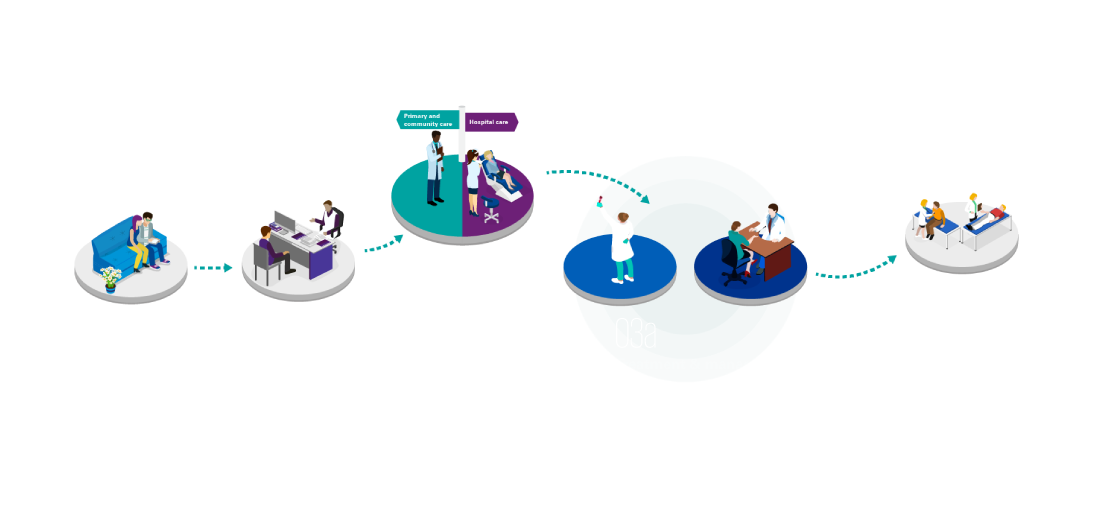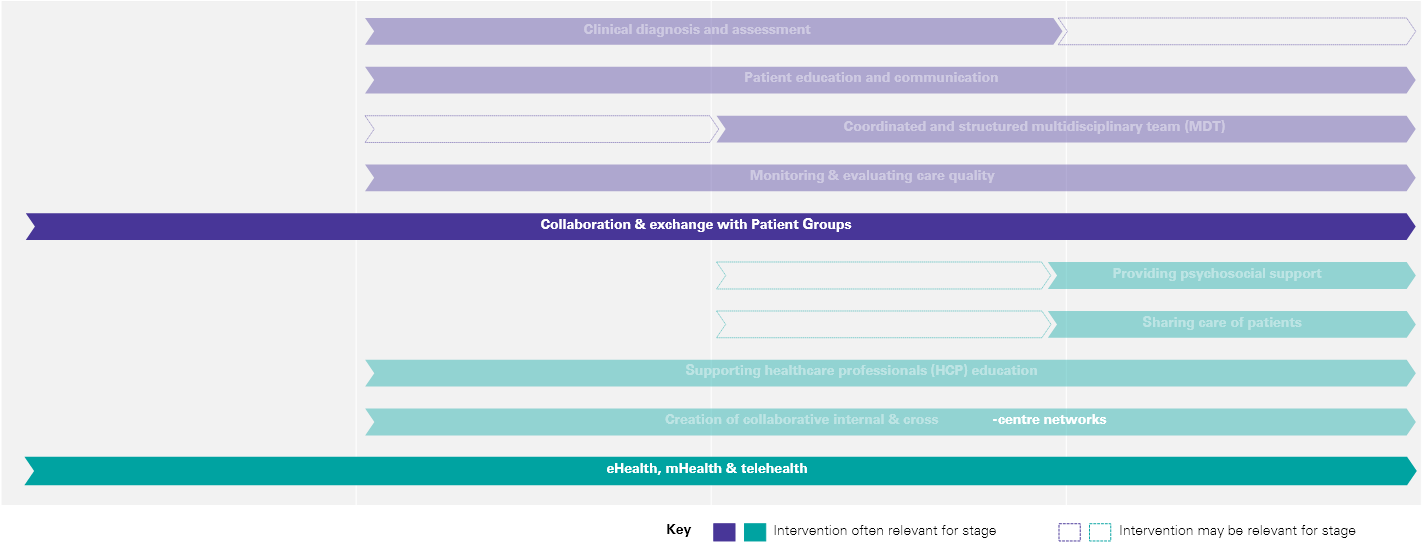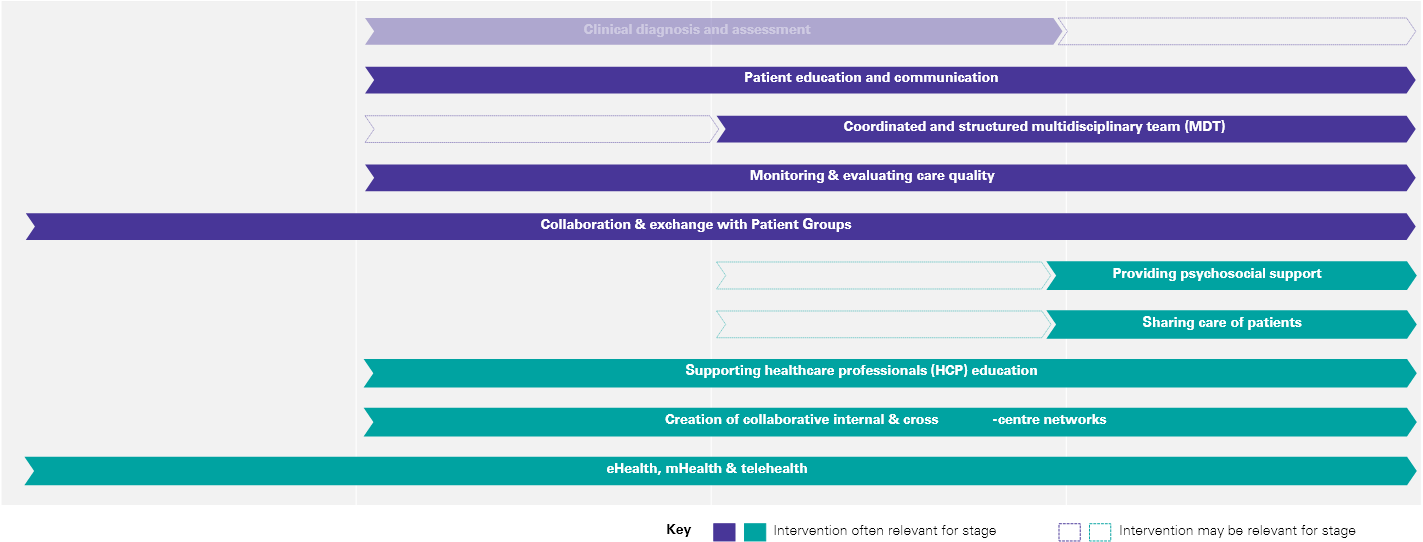Executive summary



Drive improvements in patient quality of care through the development of AD-specific interventions

Facilitate greater collaboration between dermatologists, other specialists and other HCPs

Support centres globally in their pursuit of delivering standardised high quality care

Empower patients through the promotion of active patient participation in managing their disease

Establish a large and engaged network of AD experts passionate about raising the standard of AD care

Raise awareness of the current challenges faced in the treatment and management of AD
Conduct literature review
Review key available evidence on recommended good practice care and management (e.g. local and international guidelines, academic/clinical publications)
Carry out site visits
Observe and understand how practitioners deliver good practice and overcome key challenges in AD care by conducting HCP interviews
Documenting good practice
Record and affirm interventions specific to each centre through collaboration with the centres visited
Collate and arrange all interventions by commonalities to identify the key intervention themes
Review findings with AD experts
Facilitate expert reviews in order to provide sufficient challenge to the findings and thereby establish the global applicability and efficacy of the findings
Finalise Global AD report
Document the findings and recommendations of the experts in a Global AD report
Ensuring patients receive a proper disease diagnosis, evaluation and disease assessment using established instruments, in order to inform their management approach in line with guidelines and recommendations
Providing education to patients, relatives and care givers, and communicating it in a way that improves their understanding of atopic dermatitis (AD) and how to effectively manage it
Establishing a multidisciplinary team or network to manage complex patients that follows a structured and coordinated approach to provide holistic patient care
Performing regular monitoring and evaluation of AD care quality at centre and amongst wider network
Working collaboratively and exchanging information with Patient Groups on activities and initiatives aimed at improving AD management, care access and patient QoL
Enabling access to psychosocial support to help patients manage the burden and impact of AD on their psychological, emotional and social wellbeing
Empowering and enabling other team members (e.g. nurses, physician assistants, pharmacists) to support physicians with AD patient education and management, for more effective and efficient care delivery
Delivering, facilitating or enabling education for HCPs involved in the care of AD patients directly or indirectly regarding a recommended management approach
Forming a collaborative network within and across centres (including both primary and secondary care) to optimise research, patient care and knowledge sharing
Using electronic, mobile and tele-technology to improve the quality and efficiency of care delivered to AD patients

Awareness and Presentation Symptom presentation

Diagnosis and Referral In secondary and tertiary care

Treatment and Management Medical and non-medical management

Follow-up Monitoring of chronic disease/flare up
